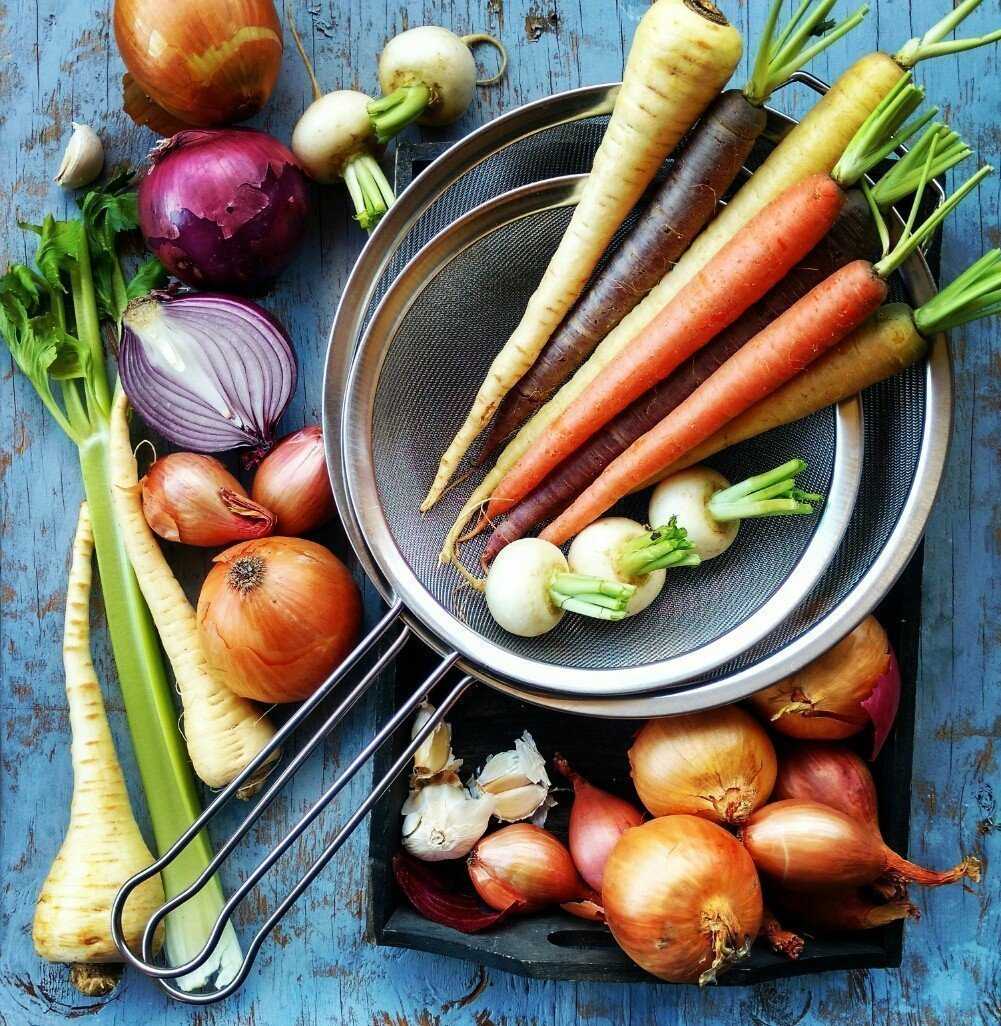BY: EARTHA LOWE
Cooking from scratch is a simple and rewarding craft, one that anyone can learn and even succeed at from the get-go. There’s a delight to cooking: the wonders of creating, the pleasures of time spent in the honest pursuit of tradition and the nourishment of our bodies and those of our family.
The ultimate goal in transitioning toward a whole foods diet is to choose cooking methods that retain the nutritional value of food. The closer foods are to their native states – prepared with minimal fat, sugar, salting, and processing – the greater the long-term health benefits.
What are Whole Foods, Plant-Based?
It’s pretty simple: whole, unrefined plants. Fruits, grains, leaves, roots, legumes, flowers, and nuts are examples of whole foods. Roots are the parts of plants that grow below the ground, producing vegetables such as yam, sweet potato, colorful beets and carrots, turnip, radish, garlic, onion, shallots, ginger, arrowroot, turmeric, fennel, and cassava (the root from which tapioca is made). Leaves include lettuces, kale, spinach, collards, swiss chard, cabbage, and so on. Fruits include the parts of plants that contain seeds, such as tomatoes, apples, mangoes, oranges, peppers, cucumbers, and pumpkins. Grains are the seeds themselves: quinoa, oats, barley, corn, wheat, and the like. Legumes (or pulses) are different types of beans: soy, lima, pinto, fava, kidney, black, chickpea, and even peanuts. Flowers are broccoli, cauliflower, dandelions, and so on.
Nuts and other seeds: walnuts, almond, cashews, hemp seeds, chia seeds, flaxseed, and more, contain a wide range of healthy fats, protein, and fiber. Consider all-natural nut (or fruit) butters. Unlike jellies, butter, and margarine, nut butters contain healthful fats that benefit heart health.
Fruit butters are sweet, creamy and delicious served on bread, toast, or muffins, and often contain less sugar than jams. They are made by slowly cooking down the fresh fruit.
Substitution: Fat and oils in cakes, cookies, and sweetbreads
Prune paste is a good substitute for fats and oils in baking; it does not change the taste of the dish as much as other substitutions do.
To make the prune paste, puree 1 cup pitted prunes in a food processor with a 1/2 cup of water. To use, substitute one-third the amount of prune paste for the amount of oil called for (that is, use 1/3 cup of prune paste to replace 1 cup of oil).
Occasionally, you may want to change a favorite recipe to create a healthy plant-based one. When substituting for refined sugar in recipes, try pure fruit juice, maple syrup, mashed banana, or any of a wide variety of pureed fruits including applesauce, preserves, and jams. Dried fruits, such as dates and raisins, also work well for baking.
Preparing delicious meals
It can be a challenge to incorporate whole foods into your everyday diet and completely avoid processed foods but cutting them down can be a great place to start. The key to making a successful transition is to plan ahead. Set aside one day a week to plan and shop for a weekly menu. In planning your menu, use resources like your favorite cookbooks or online. Make a list of all the ingredients you’ll need to buy for these recipes. Look into your pantry and refrigerator to see what you need to buy. Meal planning may seem tedious or even difficult at first, but it teaches you organizational, culinary, and budgeting skills that are invaluable to a healthy diet. Don’t give up.

